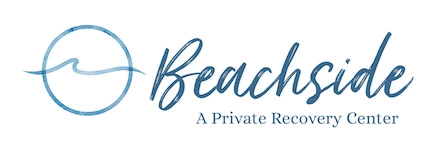No Alcohol Treatment Centers in Glamorous Ads?
We’ve all seen alcohol advertisements displaying bikini-clad models, laughing couples, or successful men –enjoying a drink, none of whom look like they’ll ever need an alcohol treatment center. In fact, most advertisements don’t even show alcohol being consumed nowadays, so what’s the harm? Researchers have debated the effects of alcohol advertising for decades, and the results are sometimes contentious. In this post, we’ll look at some of the arguments and issues around alcohol advertising.
The Debate
In March of this year, the University of Texas released a new study that tracked the relationship between alcohol advertising and consumption in the US from 1971 to 2011. Despite a 400% increase in advertising budgets over the 40-year period, researchers concluded that there is almost no correlation between advertising expenditure and overall alcohol consumption. The only significant changes in consumption were between different types of alcohol (beer, wine, and spirits) and different brands. Arguably, if Americans aren’t consuming more alcohol based on the advertising they’re exposed to, then restrictions on alcohol marketing are just a waste of time.
The Problem
This research suggests that alcohol advertising is not to blame for bad drinking habits or the number of people who end up in alcohol treatment centers. But take a closer look at how alcohol is being advertised, and the problem becomes apparent. Filmmaker Jean Kilbourne says that we are “surrounded by the message that alcohol is fun, sexy, desirable and harmless” (Center for Media Literacy). Consuming alcohol is always made to look glamorous and exciting, with no consequences. In the world of alcohol advertising, there are no hangovers, no unwanted sexual encounters, no drunk driving, no bar fights, and no rehab. Of course, most adults know that excessive alcohol consumption is dangerous. But what if alcohol advertising isn’t targeting the average adult who can practice moderation?
A Trigger for Alcoholics
Only 10% of the population consumes about 50% of all alcohol sold each year in America – that averages at a whopping 10+ drinks per day (Washington Post). The alcohol industry’s biggest and most lucrative market is heavy drinkers. Kilbourne points out that alcohol adverts exploit alcoholics’ emotional issues by presenting alcohol as a cure-all. The message is clear in these ads: with alcohol, you’re never lonely, never depressed, and never over-doing it. Alcohol marketing encourages drinkers to keep drinking, and could serve as a trigger for relapse.
Children and Teens at Risk
There is a wealth of research that shows that children and teens are exposed to alcohol advertising almost as much as their older counterparts. And while adults may be able to distinguish the fantasy from reality, many young people may take these ads at face value. Multiple studies suggest that:
- Children and teens are more receptive to alcohol advertising,
- Youths exposed to alcohol advertising are more likely to engage in underage drinking, and
- Underage drinkers are likely to suffer from alcohol-related problems later in life.
In this light, it’s clear that alcohol advertising is not as harmless as it seems. Many teen drinkers will outgrow these habits, or are simply experimenting and ‘pushing boundaries’. Others may need more guidance and knowledge to overcome the very real risk of alcohol dependency.
All in all, alcohol advertising doesn’t affect most of us either positively or negatively, and can be humorous and enjoyable at times. But, for those who are at risk of unhealthy drinking habits, the dangers are immense.
